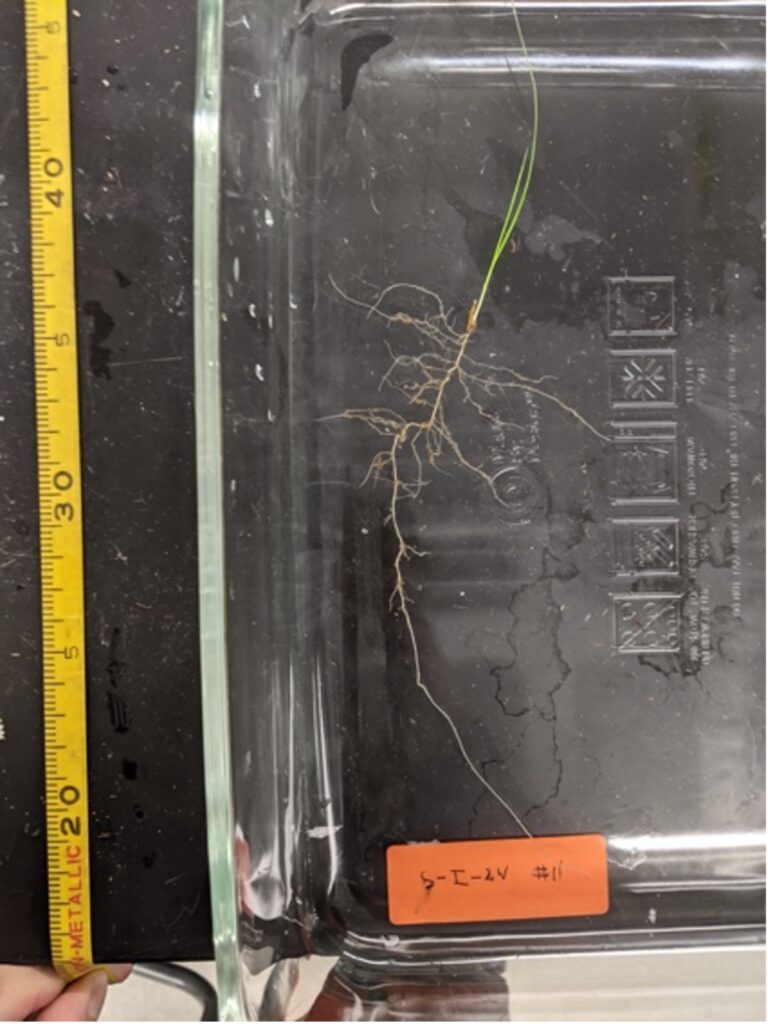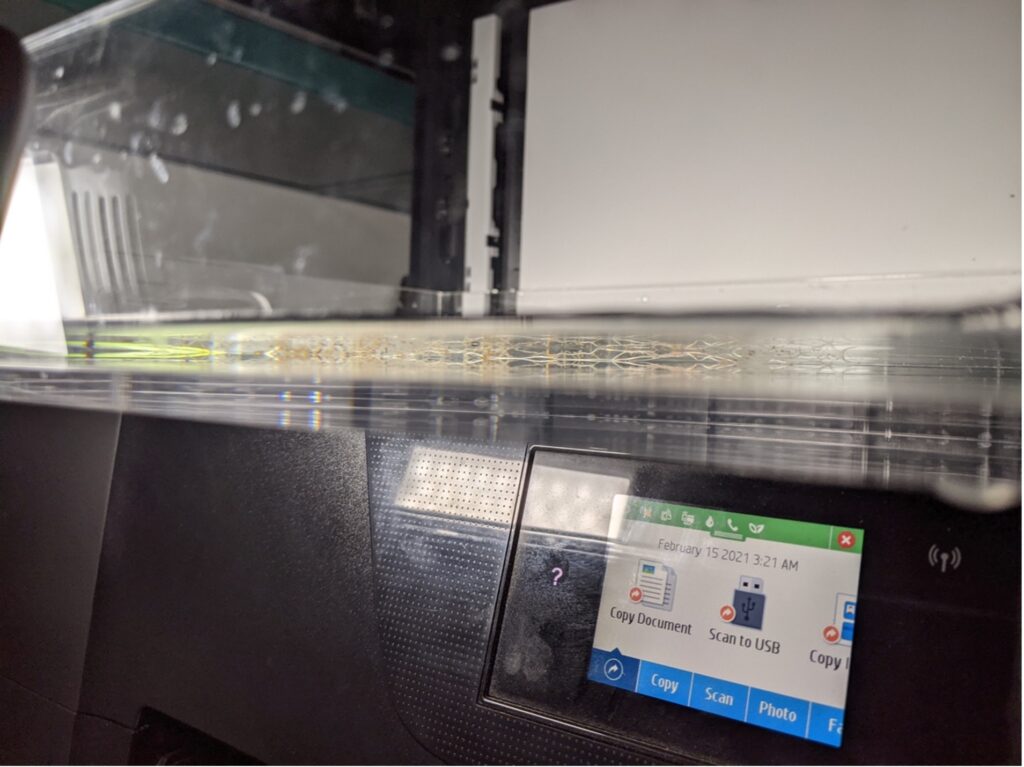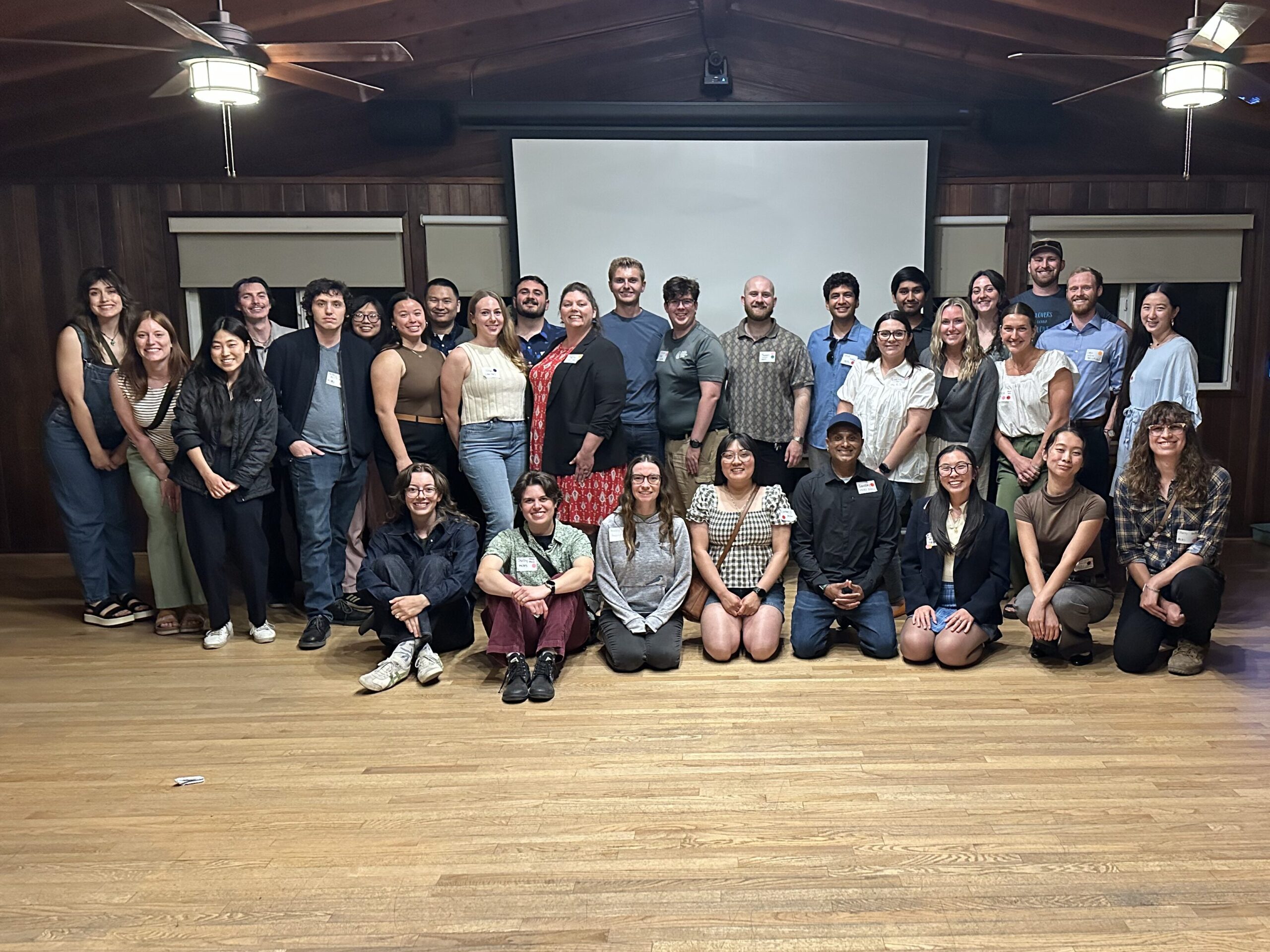Student Blog: Andrew Laleian
The Role of Creativity in Overcoming Obstacles in Science
Scientific research is often portrayed as a clean, methodical process in which bright people, clearly experienced in their field, develop a plan, write up a protocol, and carry out the work consistently for the weeks and months to come until they obtain results. Clean, planned out, and controlled. While this is all, for the most part, true, what is omitted completely redefines the impression of what a scientist is to society: the unknown. Facing the unknown is the biggest challenge in science. Facing the unknown is inherent in any discipline that asks new questions about the world. Unexpected challenges will always arise in research, and they require a lot of creativity to both plan for and find solutions to along the way. Yet, despite its importance, creativity is too often completely written off as an admirable trait for anyone who aspires to have a career in science. Choosing a career path in high school, I almost didn’t pursue biology because I candidly viewed science as “stiff” and “inflexible” with no outlet for creative expression. If there’s anything my work experience and life, in general, have taught me, it’s that the 18-year-old version of myself was wrong about most things.
I currently work on a team of master’s students, colleagues, and advisors on a project dubbed Drought Net. The project focuses on the role seed source will play in the health of native plant populations in coastal habitats as climate change drastically alters the water cycle in Southern California. We could have taken the project is several directions, and we spent months researching papers on the topic and hammering out a plan for the months to come. We ultimately decided on a hybrid approach, deciding to do small-scale but meaningful trials on both seedling trait differences in a greenhouse and survival differences in the field between seed sources in hopes of connecting the two. I was put in charge of developing a plan for the seedling trait trials. It seemed simple enough. Since we were only letting the seedling grow out 1-6 weeks, measuring traits like total root length should’ve been quick and straightforward. We would trace the roots with a computer program that converts pixels to centimeters, a method that provided both accuracy and flexibility around our busy schedules. However, it quickly became apparent that strategy wasn’t going to be logistically feasible.

The urgency and enormity of the task ahead sank in. We had very little time before the 4-week harvests started and no acceptable plan in place. Rather than hope between the three of us that we would miraculously think of something, we decided to reach out to our advisor, Julie Coffey, to find someone we could collaborate with to find a solution. We were fortunate enough to have help from someone who had worked with roots for years, Greg Vose.
Greg was finishing up his Ph.D. on research that focused on how root traits, as well as above-ground traits, were coordinated in plants to form a coherent resource acquisition strategy. Thankfully, he had done almost identical work on adult coastal sage scrub plants using a root analysis program call WinRhizo which uses scanned negatives, a process which creates a simple black skeleton of the roots on a white background. Unfortunately for us, we didn’t have the funding or time to order a negative scanner, scanning tray, and WinRhizo license in a week, all combined costing around $6,500. With a bit of creativity and a lot of perseverance, we were able to do it for $40, the cost of a clear plastic tray at the container store.
Greg had mentioned an open-source alternative to WinRhizo that had literature to support that it produced results that weren’t significantly different than it’s several thousand-dollar counterpart. And so, in a very short amount of time, we learned how to run java code on the program we were using. The next big hurdle was figuring out how to turn a household printer scanner into a fancy negative scanner. After about a week of experimentation, we nailed it. Using a cheap LED night lamp aimed in the plane of the roots and blasting the exposure, we obtained a white outline of the roots on a black background: a “positive” if such a thing exists. If you simply invert the colors, you get the negative image we were desperately hoping was possible. It wouldn’t be the first nor probably the last time learning Photoshop in middle school helped me in my career path in science.


The results of science are, through the necessity of enduring the trials of peer review, clean and reliable. The process is anything but. The standards for conducting science are high and require a lot of diligence and care, but those traits won’t get you to the finish line alone. My team and I couldn’t have completed this portion of our project without some creativity and collaboration with more experienced voices who kindly and generously gave their time to advise us. There were many points when we felt like giving up. We could’ve just as easily ended up at the conclusion that this just wasn’t possible – it happens all the time in research. We were, however, able to think through solutions together, and I couldn’t be more satisfied regardless of the results from the data we get. We need more creative people and collaboration in science because, simply put, science needs to value and encourage creativity.



